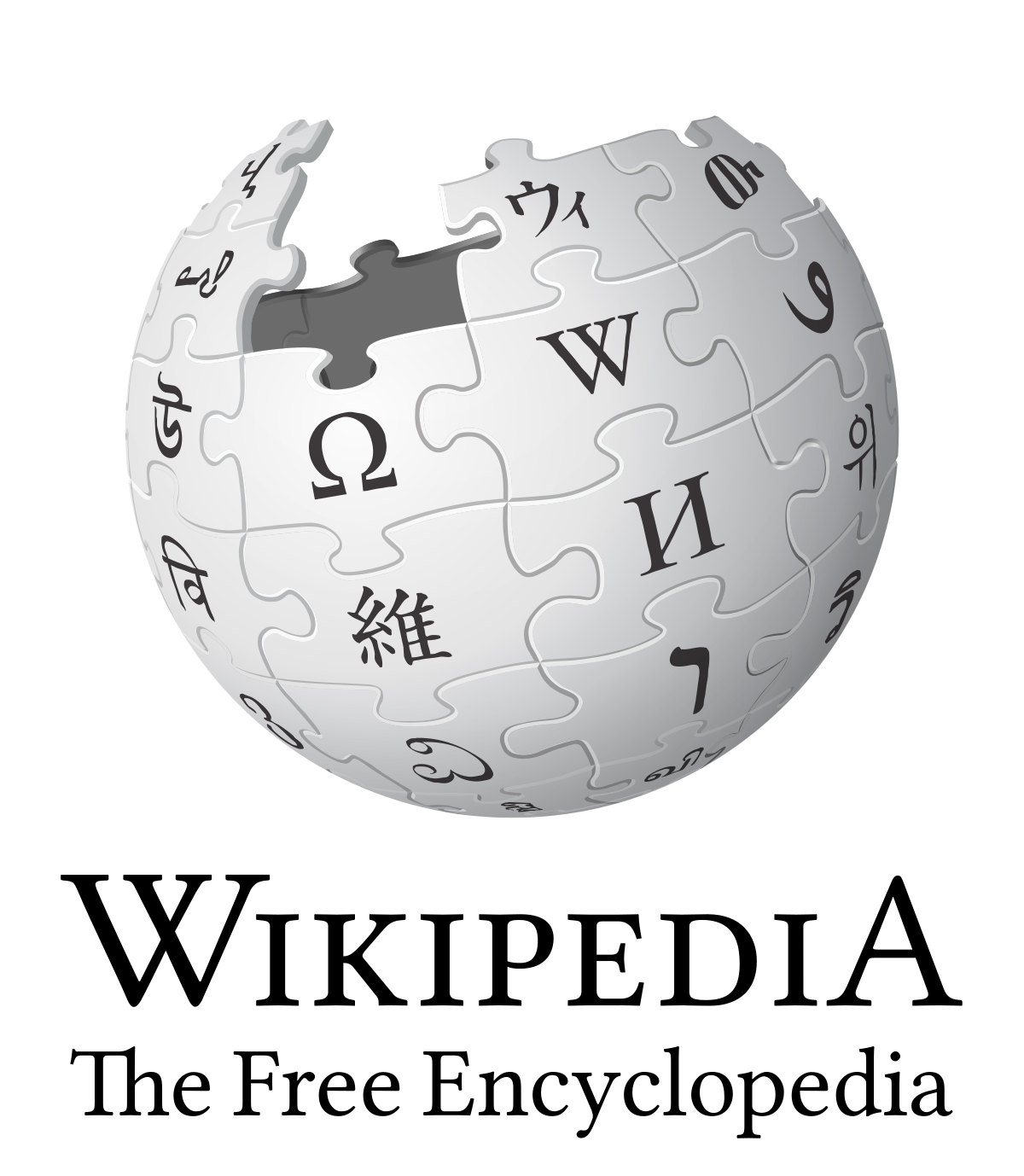Primary, Secondary, and Tertiary Sources
introduction
Are all sources the same?
When conducting research for an assignment, you might be asked to use a combination of primary sources (which present original, research-based, and/or first-hand thoughts) and secondary sources (which summarize, analyze, and/or comment on primary sources) . If you've read the other LibGuide on scholarly and popular sources, you may be thinking that primary sources are the same as scholarly sources and that secondary sources are the same as popular sources. There's some truth in that, but there are definite differences. And what about tertiary sources (reference materials that compile information from other sources)? This guide will help you to understand what these different sources are and when to use them.
Primary
Primary Sources
Examples: Scholarly journal article, diary entry, speech



Primary sources are as close as possible to an event or document. Events are described without interpretation or commentary because the author is the creator of the event or document. Primary sources present information for the first time and are the foundational materials for secondary sources.
Detailed Examples:
Scholarly journal article: Articles in academic journals are primary sources because the persons who conducted research or performed experiments are the ones writing the article. Additionally, most scholarly journals have an extensive review process that leads to high quality work. A news article written about a scholarly journal article is a secondary source since the writer of the news article is interpreting or commenting on the primary source.
Diary entry: Diary entries come directly from the minds of authors, so they are primary sources. A book about Anne Frank's diaries is a secondary source.
Speech: Speeches, whether read or heard, are primary sources since those giving speeches (presumably) wrote them. Things can get tricky with context, though. A speech by John Lewis is a primary source, while an interpretation or commentary about that speech is a secondary source. BUT...if your research subject is audience accounts of the March on Washington speeches, that commentary about Lewis' speech is suddenly a primary source. Context matters!
Other Examples:Original documents: Letters, emails, interview transcripts, social media posts, photographs, video footage, autobiographies, census records, notes, data from an experiment
Creative works: Poems, novels, screenplays, films, paintings, music scores
Objects: Clothing, buildings, furniture, tools, artifacts
Secondary
Secondary Sources
Examples: Magazine article, college textbook, biography


Secondary sources exhibit distance from a primary event. They summarize, analyze, interpret, or comment on primary sources. Don't assume secondary sources are popular and not scholarly. While they may not originate core research, their interpretive nature adds value to primary materials, especially scientific materials that are difficult for most to understand. Be mindful, though, that authors of secondary sources sometimes have a persuasive intent -- that is, they seek to promote a specific worldview at the cost of a more holistic picture.
Detailed Examples:
News article: Most news articles are commentaries and interpretations of primary sources. A newspaper article about a political campaign, a magazine review of a concert performance, or a blog gossip column are all secondary sources. Sometimes news articles can present valuable, scholarly work, but are nonetheless secondary sources. Some news articles can be primary sources, but this is rare, especially since fewer reporters are present and a part of newsworthy events compared to in the past (war correspondents are a good example of this). As time passes, news articles can sort of transform into primary sources as researchers' contexts broaden to the general environment around events, especially when news reporting of events influences how they unfold. Examples of this are the roles that journalists played in provoking and promoting wars after the sinking of the USS Maine in 1898 (Spanish-American War) and the lead-up to the 2003 invasion of Iraq.
Textbook: Textbooks are excellent examples of scholarly secondary sources. Textbooks synthesize sources of information around a subject and strategically present them for the purpose of education. If an instructor asks you to use sources beyond your textbook (especially primary sources), you can often find these in the textbook's chapter notes. Some consider textbooks to be tertiary sources, but in my experience most have enough of a narrative voice from a writer or editor to be considered secondary.
Biography: Biographies are the most efficient way for students to learn about historical figures. Biographies are the products of researchers laboring in archives for primary source materials, sometimes for years. Given that you and I don't have that kind of time, biographies are excellent secondary sources. Autobiographies, even though they are primary sources, are often less reliable that biographies, as individuals may seek to paint themselves in a favorable light (or may exaggerate follies to capture attention and sell books).
Other Examples:Literary criticism, literature reviews, law reviews, annotated bibliographies, political analyses, nonfiction books
Tertiary
Tertiary Sources
Examples: Wikipedia, Oxford Dictionary, World Almanac



Tertiary sources are materials you use to look up facts or to find background information on a subject. Some people refer to them as "third-hand" sources as they compile both primary and secondary sources. They won't be the foundation of your research, but they will give you the basic information you need to understand a subject and can lead you to primary and secondary sources. Tertiary sources often provide common knowledge, which are facts that don't need to be cited in a paper (places, dates, names, etc.).
Detailed Examples:
Wikipedia: Many people turn to Wikipedia to learn about a subject. You may have had instructors tell you not use Wikipedia or that it doesn't count. This is only partially true. As a tertiary source, Wikipedia shouldn't be cited as a source in papers, but it is perfectly valid to use Wikipedia to lead you to the kinds of sources you do cite in papers. Here's a Wikipedia trick you may not know: if you want a simplified version of a Wikipedia article, replace the language ("en" for English, "es" for Español, etc.), in the web address with "simple." For example, replace https://en.wikipedia.org/wiki/Raphael_Warnock with https://simple.wikipedia.org/wiki/Raphael_Warnock for a much less detailed page.
Dictionary: Dictionaries are tertiary sources helpful for understanding foreign concepts. If you are a new law student, for example, a law dictionary helps you to understand unfamiliar legal definitions. Similarly, law students may refer to casebooks to look up legal precedent. These may or may not contain enough commentary to be considered secondary sources.
Bibliography: Bibliographies are lists of relevant sources. Some teachers use bibliographies to help them find quality sources, whether on teaching subjects or on professional strategies, such as instructing students with certain learning disabilities. Library professionals sometimes create annotated bibliographies, which offer summary and commentary and are considered secondary sources.
Other Examples:Encyclopedias, handbooks, guidebooks, fact books, directories, almanacs, textbooks (in some cases)
conclusion
So which do I use?
You may not need to use tertiary sources if you are familiar with a subject. In this case, you'll typically use one or two primary sources with more secondary sources to provide for context and differences in opinion. Should you be unfamiliar with a subject, it's good to begin with tertiary sources, move up to secondary sources, then to primary sources, and back again to secondary sources to bring together a paper. That's only one strategy or way to think about using different kinds of sources. Once you write many papers, you may settle into a formula or framework that helps you to write better papers, and to do so more quickly. For help with writing papers, please take full advantage of the Simmons Writing Center: https://simmonscollegeky.libguides.com/writingcenter.
